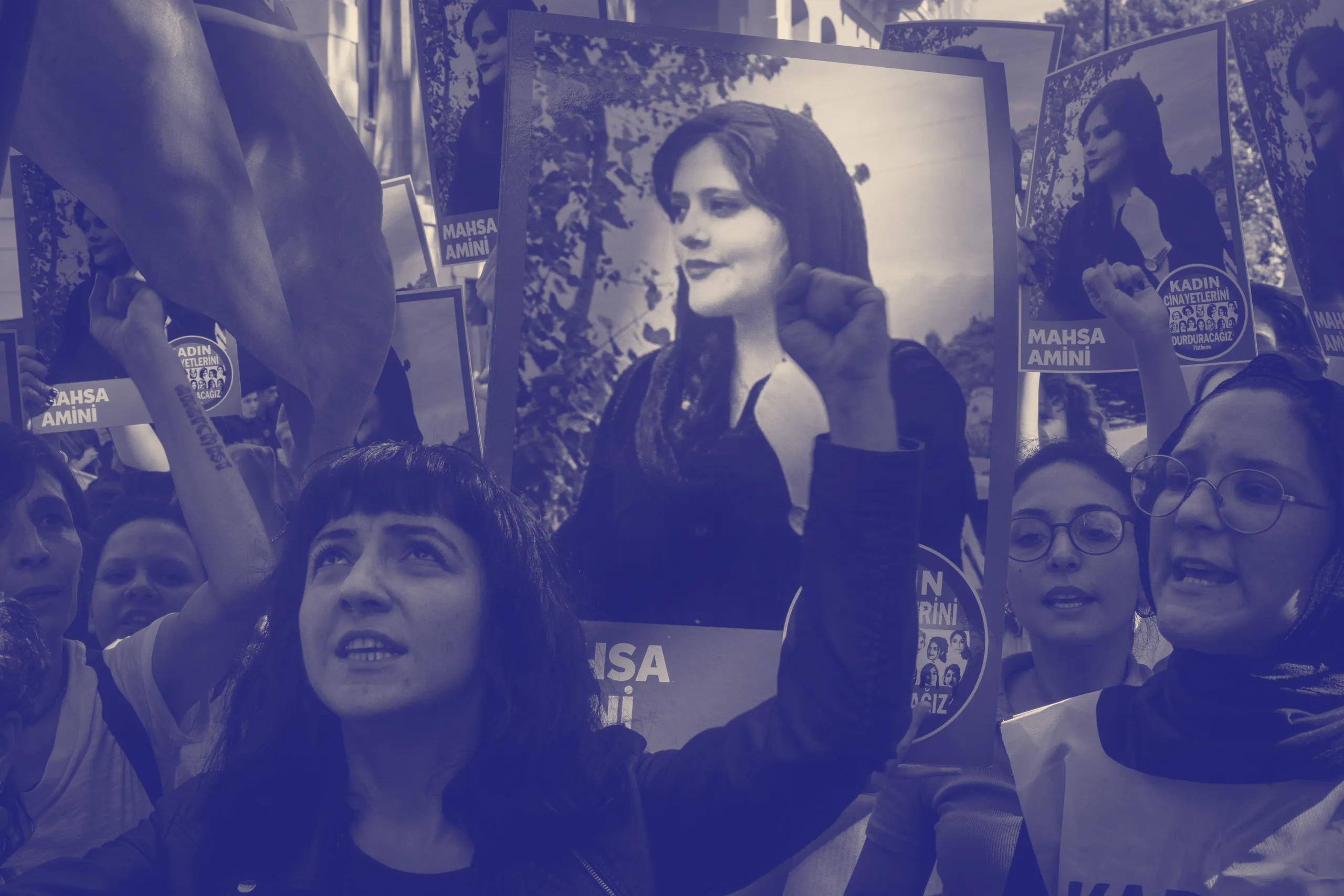Mahsa Amini protests
Jina Amini, popularly known as Mahsa Amini, was tortured and murdered by Iran’s morality police in September 2022. Organised protests by her family members quickly gained prominence on social media and ignited mass protests across Iran. Class divides became insignificant as people from various social and economic backgrounds came together to demand an apposite response.
Amini was tortured for supposedly wearing the hijab in an improper manner, which, according to the morality police, violated the country’s mandatory hijab laws. As the news of the murder spread across social media, many Iranians expressed their inability to understand how Amini’s dress code could have violated state laws. Sentiments of shock and rage were soon mobilised to organise effective mass protests against the government.
Many Iranian women started throwing off their hijabs in public to openly defy the state. This was, as Negar Mortazavi observes, not the first time that the hijab laws were challenged. Women in Iran have frequently disobeyed norms of conduct prescribed by the morality police despite the potent threat of detention.

An overemphasis on the exceptionality of hijab burning during the Mahsa Amini protests in international media has, unfortunately, oversimplified the protesters’ demands and ignored the various forms of women’s resistance since the 1979 Iranian Revolution.
Also Read: Fundamentalism And Women’s Choices: The Congruence Between Iran, France, And India
The wave of dissent facilitated by ongoing protests illustrates, among other things, the degree of public dissatisfaction with restrictions imposed upon women’s choice and freedom in Iran. Such dialogues on women’s right to choose are reminiscent of campaigns led by Muslim women to secure the right to wear the hijab in countries such as France, which continue to enforce a hijab ban.
Current wave of dissent
In India, similar calls for women’s right to choose were repeated by Muslim girl students in Karnataka in December 2021 and January 2022 after a group of young students were prevented from sitting inside the classroom in their junior college owing to their hijabs.
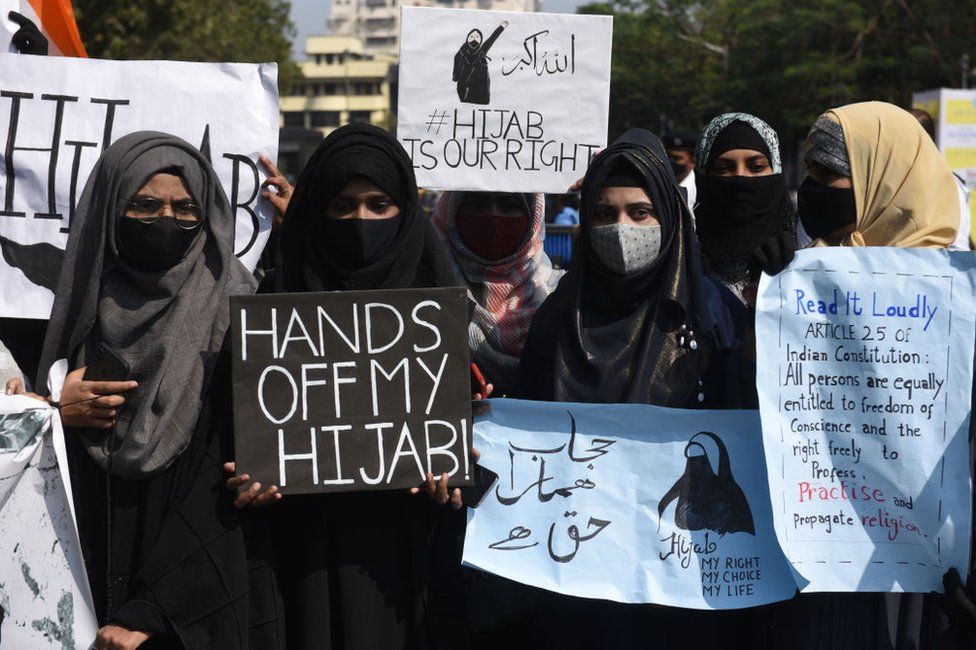
Despite their similarity with other campaigns for women’s freedom, the protests fomented by the murder of Mahsa Amini in police custody are indeed a turning point in Iran. They are ground-breaking not because they encourage women to burn their hijabs, but because they have been successful in uniting the two minority communities on whose suppression the 1979 Revolution succeeded, namely women and Kurds.
Also Read: Karnataka Hijab Row: Clothing, Secularism And A Nation In Danger
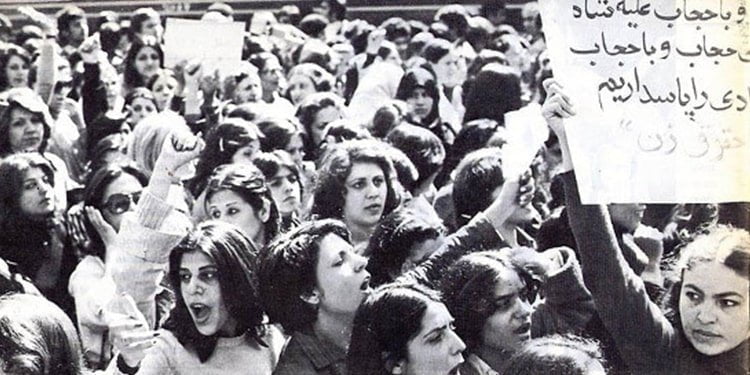
When Amini, a Kurdish woman, died, the struggles of women and Kurds became intertwined. Bold chants of ‘Death to the Dictator’ indicate that the ongoing protests are aimed at not only the revocation of the hijab laws for the expansion of individual freedom, but also a definite change in political leadership for the redressal of Iran’s social, political, and economic problems.
Reception of dissent in international media
Prominent women in journalism and international diplomacy have cut off the locks of their hair on live television to voice solidarity with the women in Iran. The enactment of the gesture gives the impression of support, but it effectively limits the extension of solidarity to women protesters, as though the protests only aim to compel the state to recognise women’s right to choose.
Since similar tides of concern remain largely absent when women fight for the right to wear a hijab, it is unclear if expressions of support are acknowledgements of the sociopolitical agitation in Iran or public declarations of sympathy for supposedly “oppressed” Muslim women.
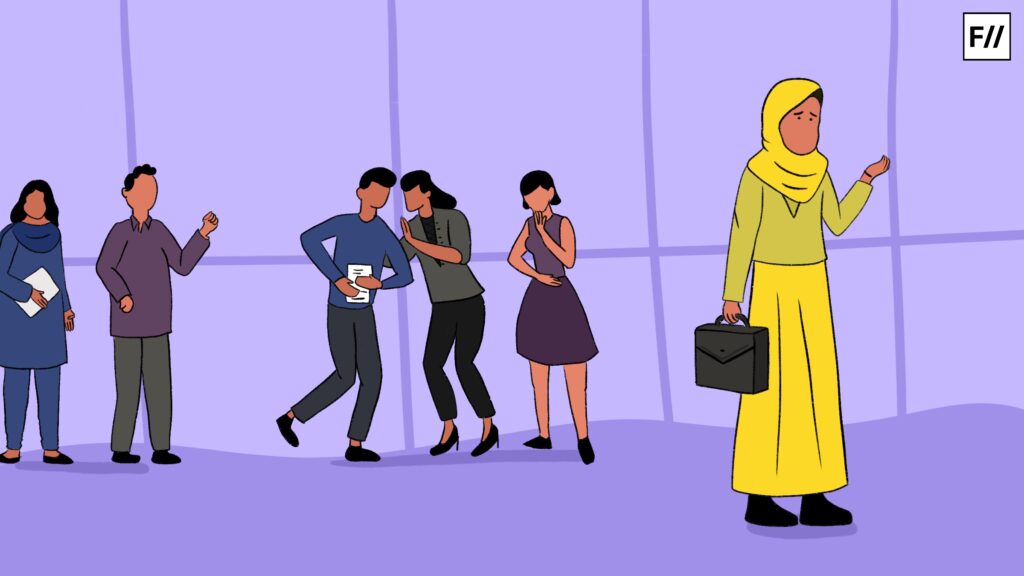
Such measures are, additionally, superficial. If support for Iranian women protesters can be expressed by cutting off hair, does standing up for Muslim students in Karnataka demand donning a hijab? Does the performance of solidarity for activist Afreen Fatima require us to have our houses bulldozed by the state?
How can we empathise with India Today journalist Geeta Mohan’s participation in the trend of cutting off a small portion of hair, knowing that India Today group’s Aaj Tak has hosted several segments led by Sudhir Chaudhary in which he has weaponised Iran’s hijab laws to differentiate the totalitarian Iranian state from the democratic Indian state?
Also Read: Why Muslim Women Wearing Hijab Might Be The Face Of Resistance
Iranian government’s response to dissent
The response to dissent in the international community has been expectedly uncritical and flawed. Inside Iran, the state’s response has been similarly predictable. On September 22, President Ebrahim Raisi declined to meet Iranian journalist Christiane Amanpour for a scheduled interview when she refused to wear a hijab on his demand.
In early October, hundreds of students of Sharif University of Technology, one of the most prestigious educational institutions in the country, were trapped, attacked, and arrested by Revolutionary Guard Corps. A few days later, a schoolgirl was beaten to death when she refused to sing a pro-regime anthem during a raid by security services. Meanwhile, addressing emergent protests as “riots,” Iran’s second and current Supreme Leader Ayatollah Ali Khamenei insisted that nationwide discord was engineered by the country’s arch-foes, the United States and Israel that is.
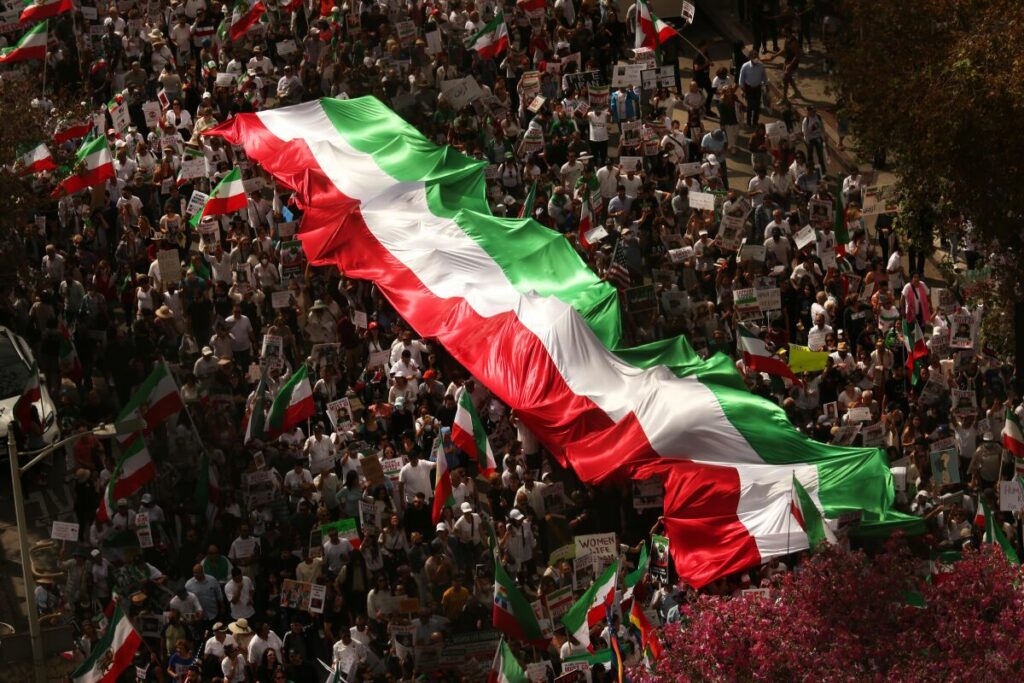
Human rights and media organisations have reported that around 15,000 protesters have been arrested and 350 protesters have been killed. On November 13, the judiciary in Iran sentenced one person to death for “setting fire to a government centre, disturbing public order and collusion for committing crimes against national security.”
In addition, five protesters were sentenced to between five and ten years in prison on grounds of threat to national security. On November 18, protesters set fire to the ancestral house of the late Ayatollah Khomeini, the founder of the Islamic Republic of Iran and the predecessor of Khamenei.
The first execution was conducted on December 8. The second death penalty against a protester was carried out after he was convicted of attacking and killing police officers; a public execution was staged on December 12. Internationally acclaimed Iranian actress Taraneh Alidoosti was arrested after she uploaded a social media post condemning the first execution.

Till now, the protests sparked by Mahsa Amini’s murder have led to the sexual assault of kidnapped activists, mass arrests as well as detentions, and two executions. The most recent addition to the already diverse group of protesters includes several groups of oil workers.
The demand for change in political representation is, therefore, gaining widespread popularity and acceptance across the country as calls for transformation are cutting across class distinctions and support is pouring in from various social groups.
Presently, the status of the morality police remains uncertain. Whether or not they have disbanded remains unconfirmed. Nonetheless, the protesters are dissatisfied with propositions aimed at superficial reforms. By calling for the overthrow of Khamenei’s Republic, they are demanding more productive social change.
About the author(s)
Mridula Sharma is a researcher and a writer. Her work lies in the intersection of feminist theory, postcolonial studies, and popular culture.
